-
A DNA barcode library for woody plants in tropical and subtropical China
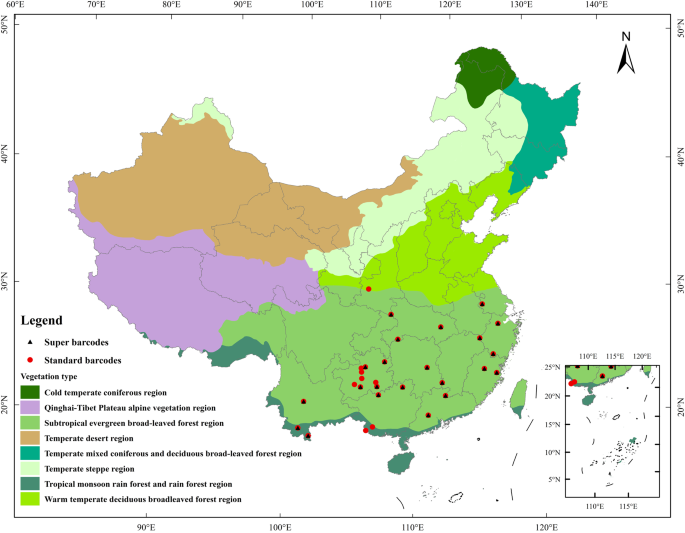
Abstract The application of DNA barcoding has been significantly limited by the scarcity of reliable specimens and inadequate coverage and replication across all species. The deficiency of DNA barcode reference coverage is particularly striking for highly biodiverse subtropical and tropical regions. In this study, we present a comprehensive barcode library for woody plants in tropical…
-
NPLOC4 is a potential target and a poor prognostic signature in lung squamous cell carcinoma
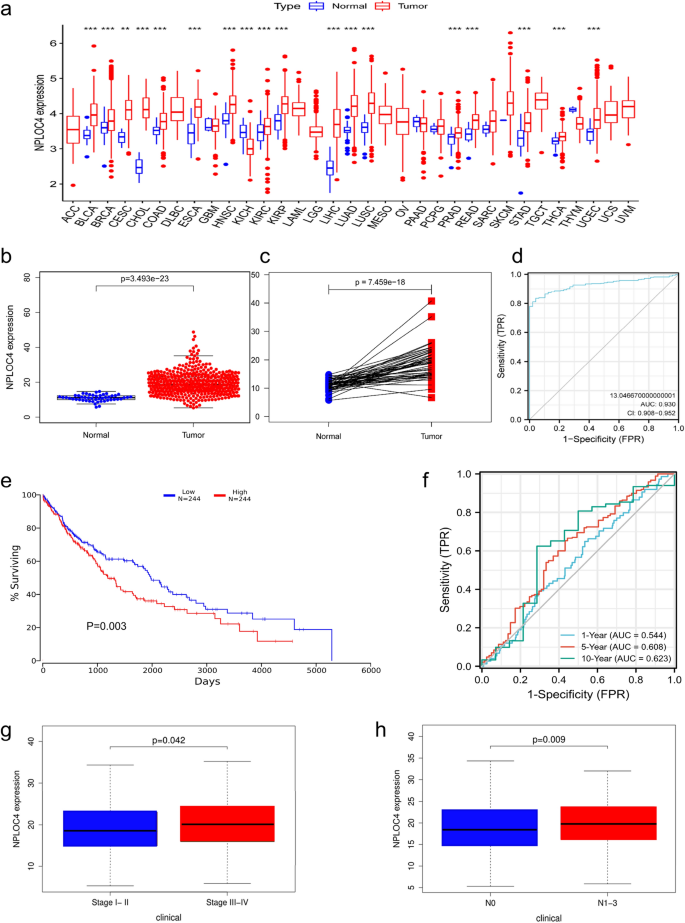
Abstract Few prognostic biomarkers exist for lung squamous cell carcinoma (LUSC), which has a poor five-year survival rate. Using bioinformatics, this study evaluated NPLOC4 as a prognostic marker for patients with lung squamous cell carcinoma. Shorter survival periods and tumor growth were linked to high NPLOC4 expression.Disulfiram (DSF) combined with copper (Cu) targets NPLOC4 to…
-
A new large area MCP-PMT for high energy detection
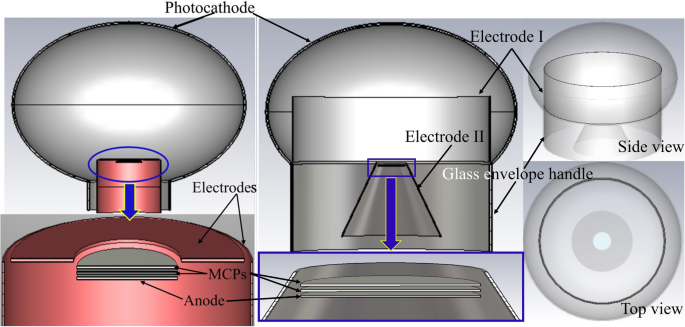
Abstract 20-inch Large area photomultiplier tube based on microchannel plate (MCP-PMT) is newly developed in China. It is widely used in high energy detection experiments such as Jiangmen Underground Neutrino Observatory (JUNO), China JinPing underground Laboratory (CJPL) and Large High Altitude Air Shower Observatory (LHAASO). To overcome the poor time performance of the existing MCP-PMT,…
-
A geometry-based approach to make viable-cell counting easy and cheap
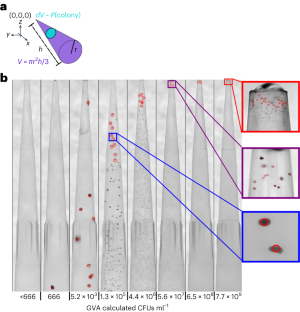
Counting the number of viable cells in a culture remains a critical measurement in microbiology, but traditional dilution assays are time- and reagent-consuming. We developed the geometric viability assay that overcomes these limitations by leveraging microbial colony distribution in a cone — a pipette tip — to calculate viability across six orders of magnitude. This…
-
Apparently Coyotes Can Climb Trees

Recently, Moraga resident Stephanie Becker was washing dishes at home, when she saw, through the window, some branches shaking in her neighbor’s apple tree. They were shaking quite a lot—”much more than I was used to seeing from our backyard squirrels,” she says. With neighbors and fences all around, she wasn’t expecting to see a…
-
Scientists Created a Monkey With Two Different Sets of DNA
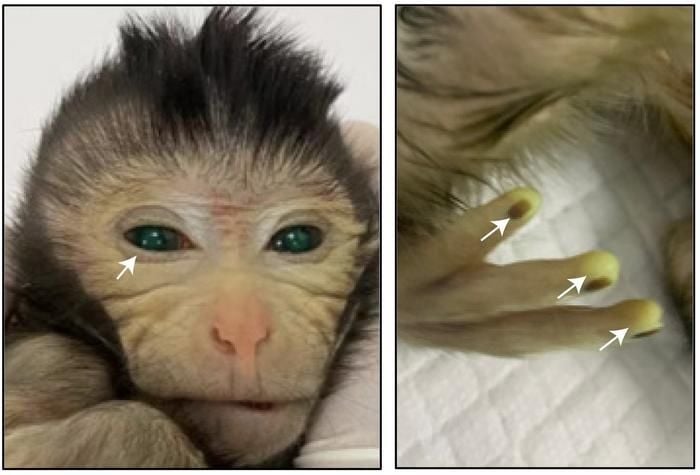
The monkey “chimera” with two sets of DNA at three days old. Some body parts appear tinted green, because the researchers marked the transplanted cells with fluorescent dye to trace what parts they developed into. Cell / Cao et al. Researchers have created a monkey with two different sets of DNA by injecting stem cells from…
-
Transcending nonlinear media by shaking: A framework for controlling the nature of nonlinearities

<div data-thumb="https://scx1.b-cdn.net/csz/news/tmb/2023/transcending-nonlinear.jpg" data-src="https://scx2.b-cdn.net/gfx/news/2023/transcending-nonlinear.jpg" data-sub-html="Possible realizations in optics and cold atomic gases: (a) Two modes in an optical ring cavity (1 and 2), repeatedly undergoing mixing operations ( ⊕ and ⊖ ) along the ring. These operations correspond to a coupling between the two polarization eigenmodes of the cavity, as realized by means of quarter-wave plates;…
-
UMaine after-school science lab partnership celebrates 15 years – UMaine News
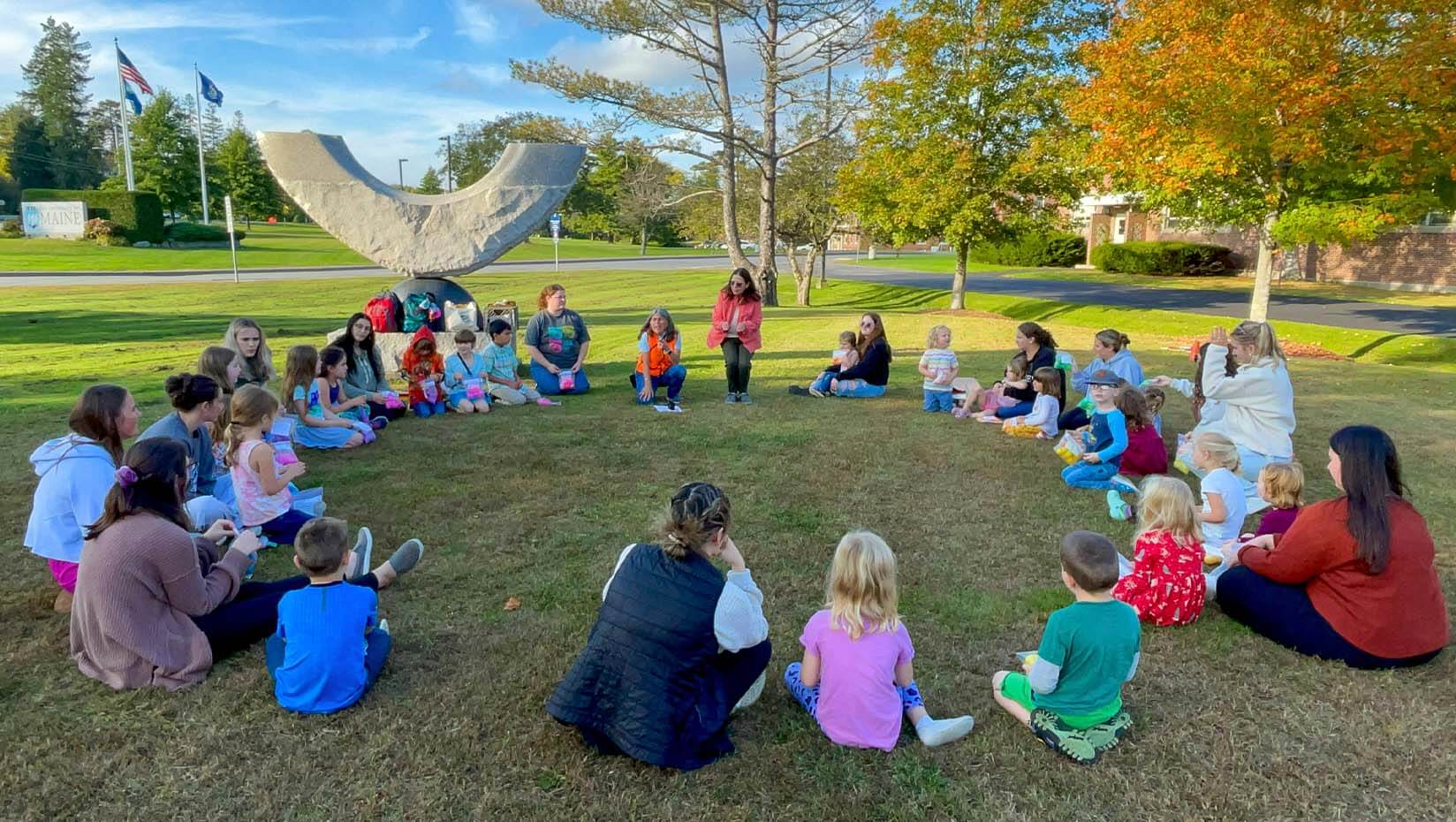
Ask any veteran educator what the most important thing an aspiring teacher can do to prepare themselves for a career in the classroom, and they will likely say there’s no substitute for first-hand experience. At the University of Maine’s College of Education and Human Development, “Early and Often” is the motto when it comes to…
-
Who Will Speak for the Trees? Series presents Reforestation — The Front Line in Our Climate Battle
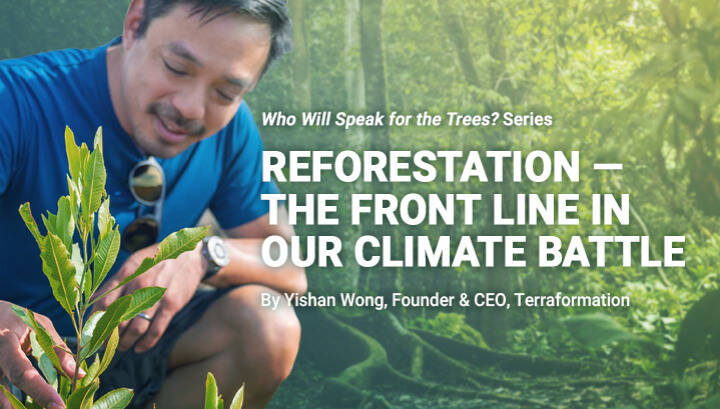
– Earlier this month, the journal Nature published research results showing the realistic global forest carbon potential is around 226 gigatonnes (Gt) of carbon. That amount is roughly 1/3 of the carbon emitted since the beginning of the Industrial Revolution that is still in the atmosphere. This makes forest carbon one of the most promising…
-
Scientists paid large publishers over $1 billion in four years to have their studies published with open access

For the last half century, scientists have followed the same method to publish their research. For example, a scientist discovers a treatment for cancer, other researchers check that the data is correct, and the final results are published in a study in an academic journal. If it is not published, it is not science. However,…